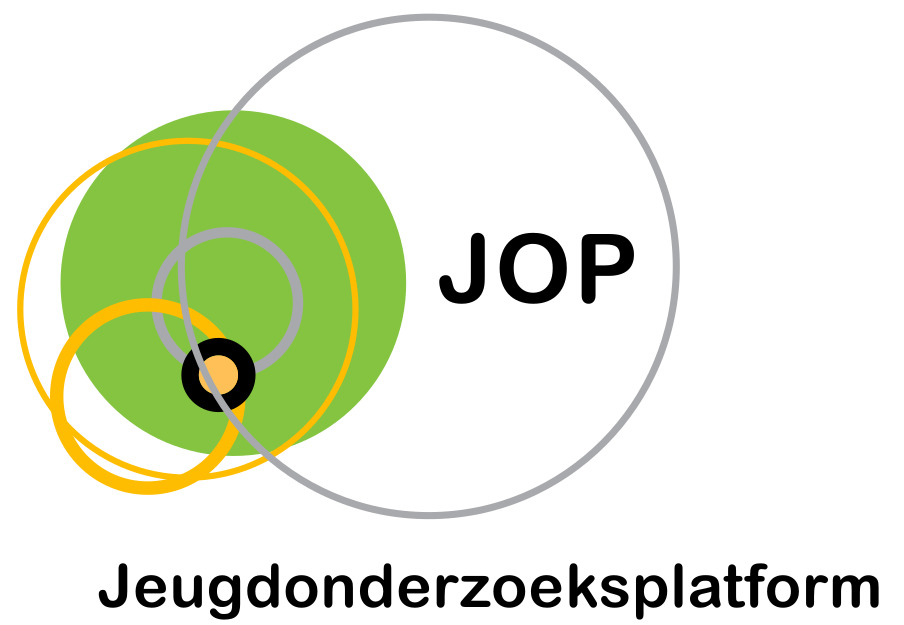Television, news media, social media and adolescents’ and young adults’ violations of the COVID-19 lockdown measures: A prototype willingness model
Auteurs
Vranken, I., Brimmel, N., Vandenbosch, L., & Trekels, J. (2022)

Abstract
During the COVID-19 pandemic, television and social media informed and entertained people. This cross-sectional study among adolescents and young adults (n = 859, 71.94% female, Mage = 20.55, SDage = 4.59) examined the associations between pro- and anti-governmental (social) media and youth’s violations of the lockdown measures following the prototype willingness model (PWM). Data were collected during Belgium’s first and strictest lockdown. The results largely confirmed the applicability of the PWM in a public health context. Posting of and exposure to antigovernmental social media messages positively related to violations of the regulations via higher descriptive norm perceptions of peers violating the measures and positive attitudes towards violations. Pro-governmental media interactions (i.e., exposure to news media and pro-governmental social media messages) negatively related to violations via negative attitudes towards violations. No support emerged for the role of (televised) series, prototype favorability, or subjective norms in the PWM. Differences in posting versus exposure of social media messages were found. Posting generally related stronger to risk cognitions and behaviors compared to exposure. Gender and age moderated some of the examined relations in the PWM. Implications for media research and health campaigns are discussed.
Tijdens de COVID-19 pandemie hebben televisie en sociale media mensen geïnformeerd en vermaakt. Deze cross-sectionele studie bij adolescenten en jongvolwassenen (n = 859, 71,94% vrouw, gemiddelde leeftijd = 20,55, SDleeftijd = 4,59) onderzocht de associaties tussen pro- en antioverheids(sociale) media en de overtredingen van de lockdownmaatregelen door jongeren volgens het prototype willingness model (PWM). De gegevens werden verzameld tijdens de eerste en strengste lockdown van België. De resultaten bevestigden grotendeels de toepasbaarheid van het PWM in een volksgezondheidscontext. Posten van en blootstelling aan anti-overheidsberichten op sociale media hielden positief verband met schendingen van de regelgeving via hogere descriptieve normpercepties van peers die de maatregelen schenden en een positieve houding tegenover schendingen. Prooverheidsinteracties in de media (d.w.z. blootstelling aan nieuwsmedia en pro-overheidsberichten in de sociale media) hielden negatief verband met schendingen via een negatieve houding tegenover schendingen. Er kwam geen ondersteuning naar voren voor de rol van (televisie)series, prototype favorability, of subjectieve normen in de PWM. Er werden verschillen gevonden in posting versus exposure van sociale mediaboodschappen. Posten hing over het algemeen sterker samen met risicocognities en -gedrag dan blootstelling. Geslacht en leeftijd modereerden enkele van de onderzochte relaties in de PWM. Implicaties voor mediaonderzoek en gezondheidscampagnes worden besproken.
Referentie
Vranken, I., Brimmel, N., Vandenbosch, L., & Trekels, J. (2022). Television, news media, social media and adolescents’ and young adults’ violations of the COVID-19 lockdown measures: A prototype willingness model. Telematics and Informatics, 70, 101817.
Taal
Engels
Publicatievorm
Tijdschriftartikel
ISBN – DOI
https://doi.org/10.1016/j.tele.2022.101817
Trefwoorden
Covid-19; Pro-overheidsmedia; Anti-overheidsmedia prototype; Bereidheidsmodel; Gezondheidsgedrag
